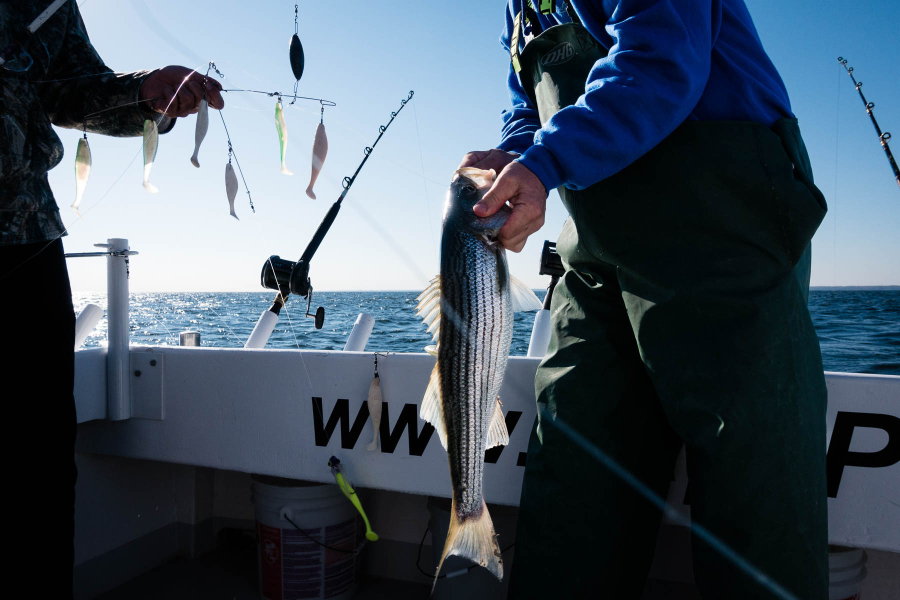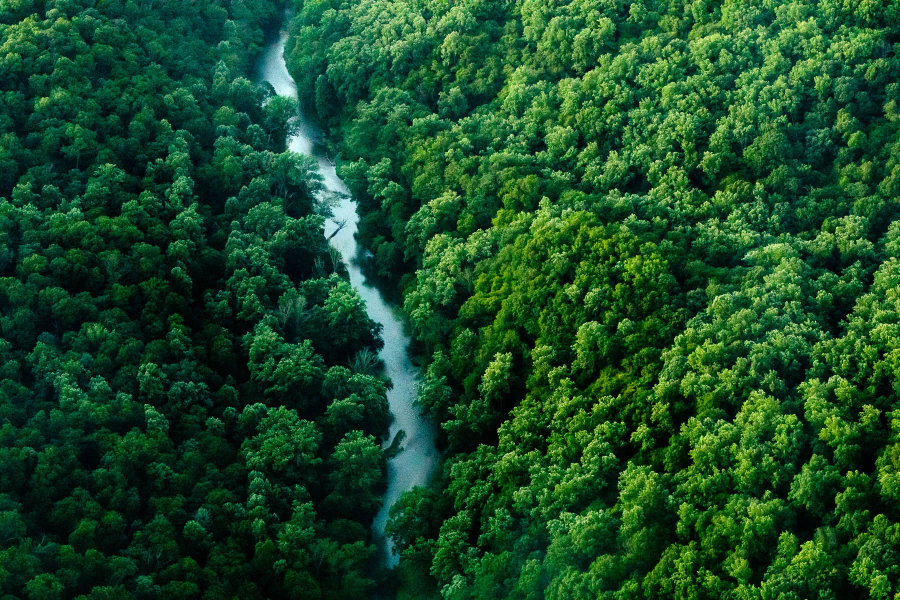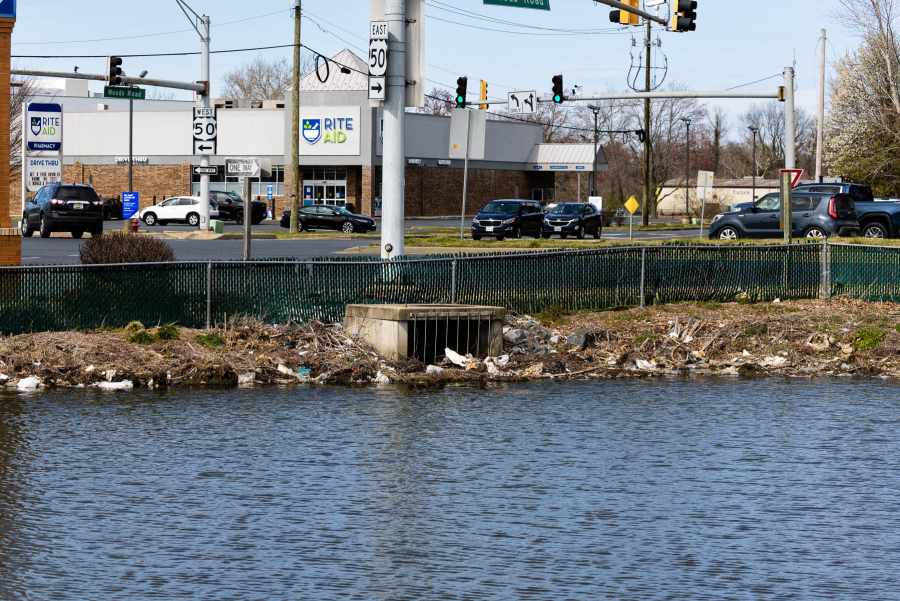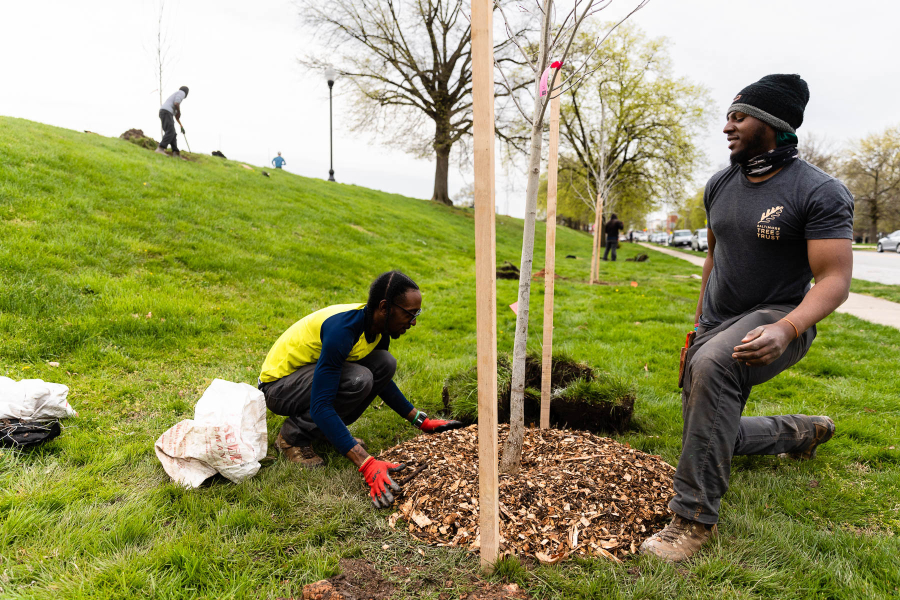New Bay Program report offers a roadmap for combating rising water temperatures
Planting trees and conserving forests is critical for combating temperature increases





Planting trees and conserving forests is critical for combating temperature increases





Comments
There are no comments.
Thank you!
Your comment has been received. Before it can be published, the comment will be reviewed by our team to ensure it adheres with our rules of engagement.
Back to recent stories